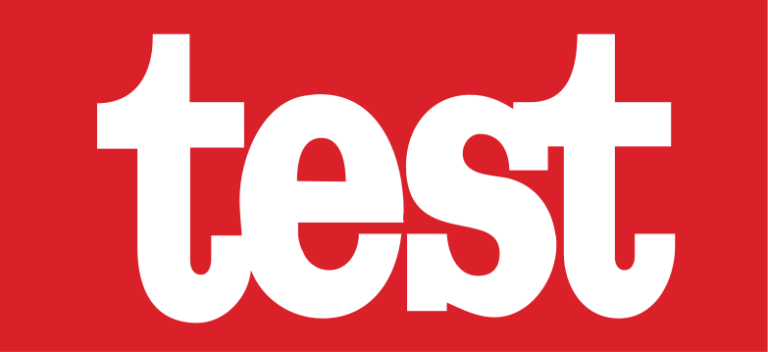
78,685 people are at risk of poverty (ARP), 0.1% more than in 2017 – the previous year on record – newly released statistics from the National Statistics Office show.
Other indicators also showed some minor movement; the at-risk-of-poverty or social exclusion (AROPE) rate decreased by 0.3% from 2017 to 19%; the severe material deprivation rate hit a 10-year-low; but more people fell below the 40% of median National Equivalised Income threshold.
The number of persons who are considered to be at-risk-of-poverty (ARP) is defined by whether those persons reach the threshold of 60% of the median National Equivalised Income. If they are below that threshold, then they are considered to be at-risk-of-poverty. The at-risk-of-poverty or social exclusion (AROPE) rate meanwhile takes into account three separate variables – the ARP, the severe material deprivation rate, and low work intensity. If a person falls into one of those three categories, then they are defined as being at-risk-of-poverty or social exclusion.
The average gross household income for 2017 was estimated at €33,573, while the average disposable household income stood at €27,830, according to the NSO’s statistics.
The statistics show that 76.5% of the household gross income can be attributed to employment income, while the share of social benefits – which include old-age benefits – was noted to be 18.8%. That is lower than the 20.9% share noted in 2013, but marginally higher than the 17.2% share noted in 2008.
The survey shows that the number of persons living in households with a national equivalised income below the at-risk-of-poverty line was 78,685. This translates into an at-risk-of-poverty rate of 16.8%, 0.1% higher than that recorded for the previous year.
The at-risk-of-poverty (ARP) threshold is defined as 60% of the median National Equivalised Income (NEI), meaning that any respondent whose NEI falls below this level is considered to be at-risk-of-poverty.
This NEI is defined by the NSO as the household’s total disposable income divided by its equivalent household size to take account of the size and composition of the house.
The median NEI is considered by the NSO as being €14,781 – €259 higher than 2017. This means that the 60% threshold is considered to be €8,868.
The statistics also show that in 2018 16,241 people – equivalent to 3.5% of the population – are even below 40% of the median NEI. Comparatively speaking, in 2017 there were 12,800 people – equivalent to 2.8% – below this threshold.
The at-risk-of-poverty rate among persons below 18 years of age was calculated as 21.4%; hence increasing by 0.2% from the previous year, while the slimmest increase of 0.1% was observed for persons aged 18 to 64 to 13.3%. The rate for persons aged 65 or over went up most – by 0.5% – to 25.4%.
Members of single parent households were noted to be more susceptible to being at risk of poverty, with 48.6% of such persons having an equivalised disposable income below the 60% threshold.
Meanwhile, the material deprivation indicator for 2018 stood at 8.7% – up by 0.7% from 2017 and equivalent to 40,754 people. A person is described as being materially deprived when they cannot afford three out of a set list of items which include unexpected financial expenses, a one week annual holiday, and not being able to keep the home adequately warm in winter. A person is then defined as being severely materially deprived if they cannot afford four items. That rate stood at 3% – down by 0.3% from 2017 and equivalent to 14,246 people.
The more detailed statistics show that 64,926 are cannot afford unexpected financial expenses (down by 1.7% from 2017), while 142,871 cannot afford to pay for one week’s annual holiday away from home (down by 3.3% from 2017). 35,592 people meanwhile cannot afford to keep their home adequately warm in winter (up by 1.3% from 2017), while 26,688 cannot afford a meal with meat, chicken, fish, or vegetarian equivalents every second day (up by 0.1% from 2017).
A comparison of past rates show that the Severe Material Deprivation rate is at its lowest in 10 years, but that the Material Deprivation rate rose for the first time since 2014.
At 19% meanwhile, the at-risk-of-poverty or social exclusion rate (AROPE) decreased by 0.3 percentage points when compared to EU-SILC 2017. A person is considered to be at risk of poverty or social exclusion (AROPE) if they reside in a household that is either at-risk-of-poverty; severely materially deprived; has low work intensity.
The European Statistics on Income and Living Conditions (EU-SILC) survey is an annual enquiry conducted by the National Statistics Office (NSO) among persons residing in private households in Malta and Gozo. Income statistics refer to calendar year 2017, while non-income components (such as material deprivation) refer to 2018, which is the data collection year.
Minister’s comments
Speaking at a press conference, social solidarity minister Michael Falzon hailed the results, saying that Malta had succeeded in drastically reducing poverty since 2013.
The number of people at risk of poverty went down from 24.6% in 2013 to 19% last year. The number of people living in conditions of severe material depravation had also dropped substantially, falling from 10.2% to 3%, he said.
Falzon said both indicators were today at historically low levels.
He said these results stood in stark contrast with those obtained by past Nationalist administrations. Before, Malta had poverty levels that were above the EU average, but things have changed and we are now below the EU average, he said.
Malta was today being compared to Scandinavian country, rather than countries going through economic crises as was the case in the past, Falzon said.
PN reaction
Reacting, the Nationalist Party said the latest statistics show that the Labour government is far from keeping its promise to eradicate poverty. Instead of ‘L-Aqwa Zmien’, Malta has over 80,000 people living at risk of poverty.
It said the government has increased fuel prices when international oil prices have gone down. Families have also seen essential products increase in price. It said even the middle class was struggling to make ends meet.







